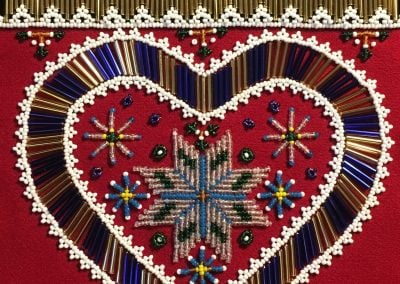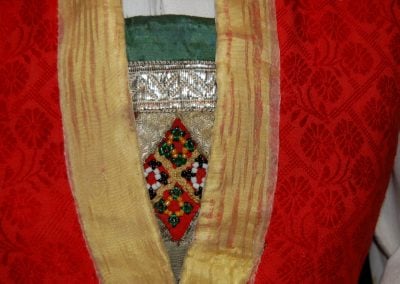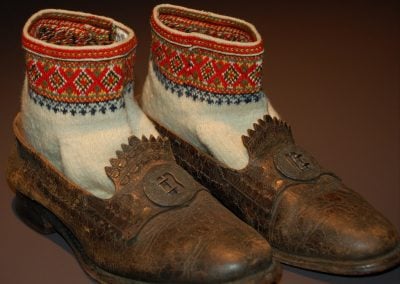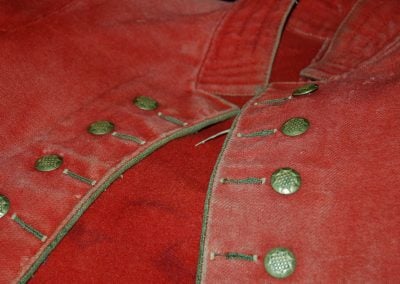Hardanger national costume
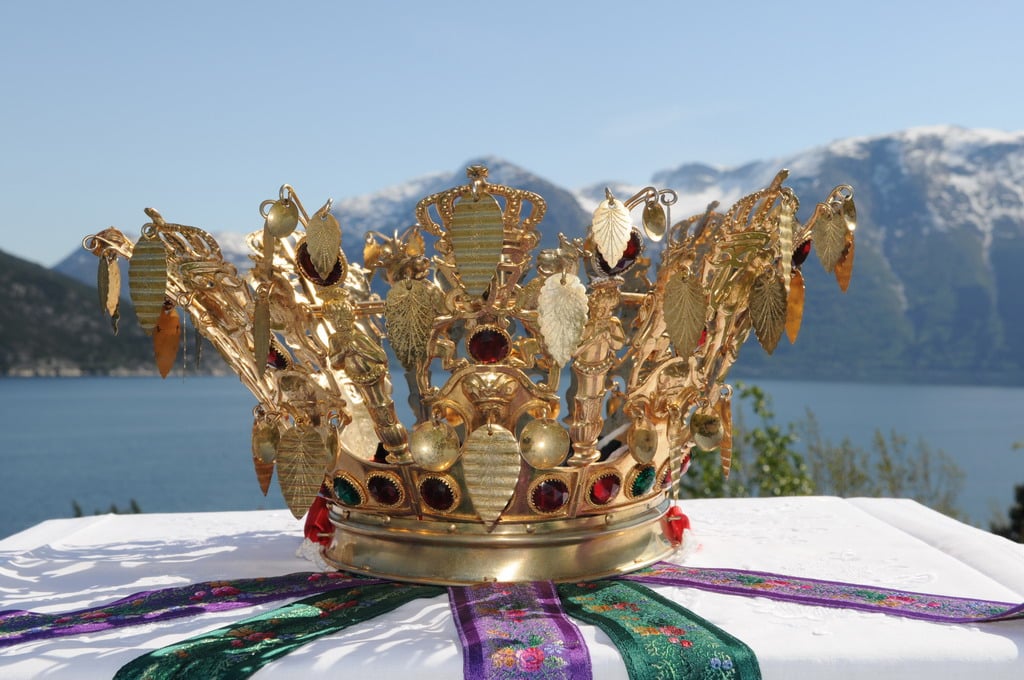
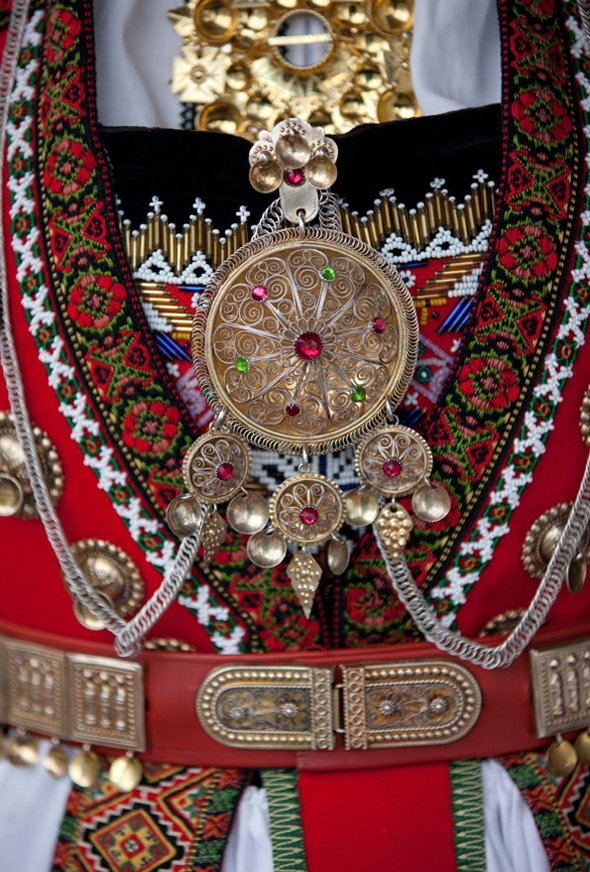
Proud tradition
As far back as the 1600s, people in rural areas dressed in clothes that were typical of the area they came from. The clothes were different from the more fashionable clothes worn in the towns and from those worn in other rural areas. The different elements of the costume tradition came from different sources. Some garments were based on clothing that had been used in the Middle Ages, very many garments were inspired by European renaissance fashion and some were inspired by style trends in other parts of the world. However, the design and way they were put together were local, as were the customs relating to what was considered fitting for different occasions. The folk costume tradition encompassed all the clothes people used, from their birth and christening until their death and burial.
In around 1880, the traditional folk costume in Hardanger was being used less and less. However, developments were afoot that meant that the costume was not forgotten, but rather flourished and attracted new interest! In the mid-19th century, many artists became interested in the magnificent scenery and rich everyday life of rural Hardanger. This period was known as National Romanticism. The most famous painting from this period was painted in 1848 by Tidemand and Gude and is called ‘Bridal Procession on the Hardangerfjord’. As a result of National Romanticism, many people came to regard the Hardanger costume as beautiful.
The most important reason for the new interest in the Hardanger costume was the Norwegian language movement. At the end of the 1800s, Norway was in a union with Sweden. Many Norwegians wanted Norway to become an independent nation. Efforts to this end were made on many fronts, particularly on creating a Norwegian cultural identity. The movement needed a powerful symbol, and they found it in the Hardanger costume. Women who were linked to the movement started wearing the Hardanger costume on festive occasions, and, in line with the old Norwegian language the costume started being called ‘kledebunad’ or just ‘bunad’ – the word now used for national costume. Norway became independent in 1905, and wearing a ‘bunad’ became very popular. People started sewing Hardanger costumes or similar costumes across Norway. The Hardanger costume was considered to be the national costume of Norway. Indeed for a long time, it was simply called ‘the national’. And putting on this costume was referred to as dressing ‘nationally’.
In the exhibition, we invite you to look at different aspects of this development, and to study the old costumes etc. that gave rise to the folk costume and Hardanger national costume.
